Description
November 21, 1970, Montreux, Switzerland. For Pink Floyd’s unofficial sound source fans, this day’s recording is famous for its ultra-high-quality AUD recording recorded live at the venue on the day by a person named Victor. The high-resolution sound recorded by connecting the famous Sennheiser MD-421 microphone, affectionately known as the “whale” due to its shape, to a West German-made portable UHER 4200 deck was released in December 2010 as part of “VICTOR’S MONTREUX (”). After that, it became a hot topic as the top recording of Floyd’s unofficial sound source in 1970. After that, the pitch error and squealing noise that this Victor recording suffered from was repaired, and “Cymbaline” had noticeable tape deterioration. By carefully processing approximately 140 drops in the first two minutes, the ultimate restored version of the source that everyone who hears it will feel a great response has been released by the Floyd sound source site “Harvested”, and this is “TOO LATE FOR MIND” EXPANDING)” was released as a recording in February 2011. As of 2019, this amazing upper edition, which succeeded in providing the highest quality Victor original sound that was recorded with DAT, is still the flagship of the first day of Montreux, November 21, 1970.・This is the title. It is such a rare outstanding album “TOO LATE FOR MIND EXPANDING”, but when Harvested produced this upper source from Victor recording, naturally they used another recording of the same day as supplementary material. In particular, regarding some missing scenes that Victor recording had due to tape changes, etc., if the sound quality is not sufficient to compensate for the missing scenes, no matter how perfect the digital combination is, there will be a sense of discomfort due to the difference in sound quality in that section. I’ll put it away. However, if you have “TOO LATE FOR MIND EXPANDING”, I would like you to check it again. Have you ever listened to it and felt something strange due to the difference in sound quality of the supplementary parts? …Yes, no matter what scene you listen to, you’ll only hear a perfectly aligned sound all at once, so many people may not be able to remember where the parts were supplemented. This time, the spotlight on Sigma’s latest work is on Recorders 2 and 3, which powerfully backed up the stellar Victor recording with an excellent sound that rivals the main unit. Now that the “TOO LATE FOR MIND EXPANDING” album has become an absolute standard, the existence of these two same-day recordings is disappearing into the waves of history, but the key to why this has been spotlighted again now is… Let’s briefly write down the characteristics and outline of each. [Recorder 2]: Monaural SBD recording of an off-air event that was not broadcast, recorded by RTS (* RADIO TELEVISION SUISSE), a broadcasting station headquartered in Geneva. Except for the band introduction part at the beginning by the French announcer, it is characterized by the fact that it was originally recorded in stereo but has been downmixed to monaural. It seems that this was a downmix for the British BBC Radio 1, which finally started broadcasting in stereo in 1971). The existence of this Recorder 2 was widely known through the previously released edition “THE GOOD… THE BAD (fa 033)” (disc 1), but when the source appeared, it was the sound source of the next day, the 22nd, the second day of Montreux. It was believed. However, with the advent of Victor recording in 2010, it is now known that all performances were performed on the 21st and the first day of Montreux. This is a broadcast SBD with excellent sound quality. [Recorder 3]: Same day AUD recording source different from Victor recording. The familiar sauce on Disc 2 of “THE GOOD… THE BAD (FA 033)”. Originally, reel tape was used, and the recording equipment used was a Japanese AKAI stereo recorder.A stand approximately 70 cm high was set up in the center of the venue, approximately 6 meters away from the stage, and two AKAI monaural recording devices were used.・It is known that the recording was made with a microphone inserted. The person who recorded it was a semi-professional recording engineer, and the sound quality is clearly not recorded by an amateur, boasting outstanding sound quality and sound image. Unfortunately, only 4 songs have seen the light of day, so their presence is weak, and they are only recognized as sub-sources used for supplementary purposes, but the overall picture is of a quality that approaches Victor recording. This is a high-quality recording that cannot be ignored. *By the way, [Recorder 1] includes the aforementioned three songs: “VICTOR’S MONTREUX” (Victor recording. Interstellar Overdrive was on the second day) and “SMOKING BLUESS (Funny Boot Records, FBR 001/002)” (Embryo, Just Another Twelve Bar , More Blues). …As mentioned above, Victor recording boasts an abnormally high sound quality, so its presence is weak, but since it is the source that backed up that, both are high-quality recordings that cannot be placed in a corner. I think you can understand why. Mr. Neonknight, a familiar figure among Floyd sound source fans, took note of these Recorders 2 and 3, remastered them using the latest modern equipment and audio software, and published them online, asking the world once again the significance of their sound. It seems that the tape transfer was done in August 2016, but he fell in love with both of their unique sounds and spent the next three years carefully correcting and remastering them, making adjustments to the sound image that surprised Harvested. As a result, both discs achieved the strongest finish in the history of each Recorder, and Recorders 2 and 3 were revived with a long-awaited new sound. In particular, for Recorder 2, we have attempted to restore and remaster it by transferring a new tape from the actual reel used for the previously released version “THE GOOD… THE BAD” (*In other words, the sound recorded on the CD has been re-equalized and re-adjusted. (Rather than re-examining the raw original sound that remains on the master from scratch), the Recorder 3 was also carefully adjusted by first adjusting the azimuth of the deck before remastering. Although it is an audio term that you may not be familiar with, azimuth adjustment is the adjustment of the playback head angle so that the left and right outputs are in the same phase.This allows the playback head to reach its maximum output and form the correct sound image. As mentioned above, the Recorder 3 records with two monaural microphones, so the true original sound power of the Recorder 3 is emitted with a correct image. The reason why I went to the trouble of making this adjustment is because I am aware that the previous Recorder 3 does not form the sound image correctly, and I think that both recordings have excellent sounds that are on par with Victor recordings. You can see the conviction that you have the power to release it if you adjust it properly. For example, Recorder 2 can be heard on Disc 1. What surprises me here is the crisp and sharp rise of the sound. From the beginning of “Astronomy Domine,” you can feel that the resolution of the carefully scrutinized Recorder 2 original sound has increased and the midrange has improved, but there are also scenes in the middle where it disappears and then resurfaces. I’m sure you’ll feel the channel expand further. In “Fat Old Sun,” the singing voice became more vivid and more vivid, and the organ playing in the background and the sparkle of the cymbal strikes were even more clear, and they sounded like they were actually coming out of the speakers that day. You will be able to enjoy the realistic sound of the sound and the heartbeat. I also get the impression that the clarity of the bass sound has improved by +1 compared to the old Recorder 2, and in particular, the ensemble consisting of the organ and rhythm section that develops from 8:11 to around 9:51 has been newly transferred from the original reel sound. The difference in sound is clearly visible. In “Cymbaline”, the lyrics and music come together in an even more dense sound, and the unbalanced sound image that was noticeable in the scene where the song pauses and the ensemble suddenly comes out has been made as mellow as possible. You will be impressed by the stability of the sound image. The transparency of the footsteps scene in the middle has also improved, and the sound of moving high heels has a strong change in depth and movement, so the closer you listen to the end, the more you are drawn into the sound drama. The luster of the guitar in “Green Is the Colour” and the smoothness of the fluid ensemble are also noteworthy, and the remastered sound full of dignity gradually approaches the listener in “Careful With That Ax, Eugene”. You will definitely feel the thrill of knowing something new and different from recordings. Disc 2 is the appearance of Recorder 3. Although there are only 4 songs, the sound is a high-quality AUD recording that comes close to Victor source, and it is a disc where you can fully feel the power of the original sound, which has been correctly azimuth-adjusted for this tape transfer. I am. The result explodes from “Atom Heart Mother”, and the ideal AUD sound of transparent close-range sound + a good sense of presence that unofficial sound source fans probably like the most unfolds in your ears. Notice also the expansion of the mid-to-high range, which is easy to understand when you listen to the section from 5:11 where Gilmore’s guide vocals progress for a while, and you can see that the clarity and depth have increased compared to the previous Recorder 3. You can also feel it. The sound of the drums has also gained some edge and become clearer, and the dynamism that Mason played in this song is very strong, such as the repeated tom hits from 15:21 that can be heard in the process of leading up to the coda. It is easy to grasp. “The Embryo” appears in the middle of the song, with a bluesy development where the contrast between the hook-heavy bass and the organ becomes even more pronounced, and the sound image is also tuned correctly for the chirping section that would later be used in “Echoes.” This increases the power and sense of scale of the tone, allowing you to enjoy the high-quality documentary sound that you would have actually heard on that day. “Careful With That Ax, Eugene” is also a listener for its overwhelming ability to reproduce the original sound, and the process of constructing a story and time through the linguistic medium of sound has been revived with a wonderful remaster. Unfortunately, the recording cuts out after about 2 minutes and 30 seconds after the scream (probably because the tape ran out of space), but that’s also part of the unfortunate “aim” of conveying Recorder 3 as it is. It turns out that this is the case. According to people who actually saw the show, the stage at the Montreux venue at that time was only about 30 centimeters high, but in other words, the position of the speakers on the stage must have been low as well. , meaning that the sound hits you directly at eye level. This is probably the reason why Recorder 3, which was recorded with two microphones placed at a height of 70 cm in the center of the venue, was able to pick up the direct sound so directly. On the other hand, Recorder 2 is of course similar to the performance sound, but here it has an extremely stable sound image that would be chosen by broadcasting stations that take into account the reverberation and spatiality of the venue, and is revived with the finest mono sound, making it perfect for professional use. You will be strongly fascinated by the recorded sound and vision. Victor Sauce is certainly an outstanding recording that stands out from the others, but it is by no means perfect on its own. Knowing the power and charm of the same day sub source that made it perfect is also an effective key to deeper understanding of Floyd on the first day of Montreux in 1970, and fills the collection of Floyd sounds made with different recorders with the best sound quality. It will help you. I would like you to enjoy the another sound of the 1970 Montreux, which is unique to sub-sources, but has qualities that can no longer be classified as sub-sources. Super Pop 70 VII, Casino de Montreux, Montreux, Switzerland 21st November 1970 Disc 1 (63:25) Recorder 2: RTS Radio Broadcast, off-air recording 01. Announcer / Astronomy Domine 02. Fat Old Sun 03. Cymbaline 04. Green Is the Colour 05. Careful With That Ax, Eugene 06. Set the Controls for the Heart of the Sun Disc 2 (41:58) Recorder 3: Audience Recording. 01. Atom Heart Mother 02. The Embryo 03. Green Is the Colour 04. Careful With That Ax, Eugene
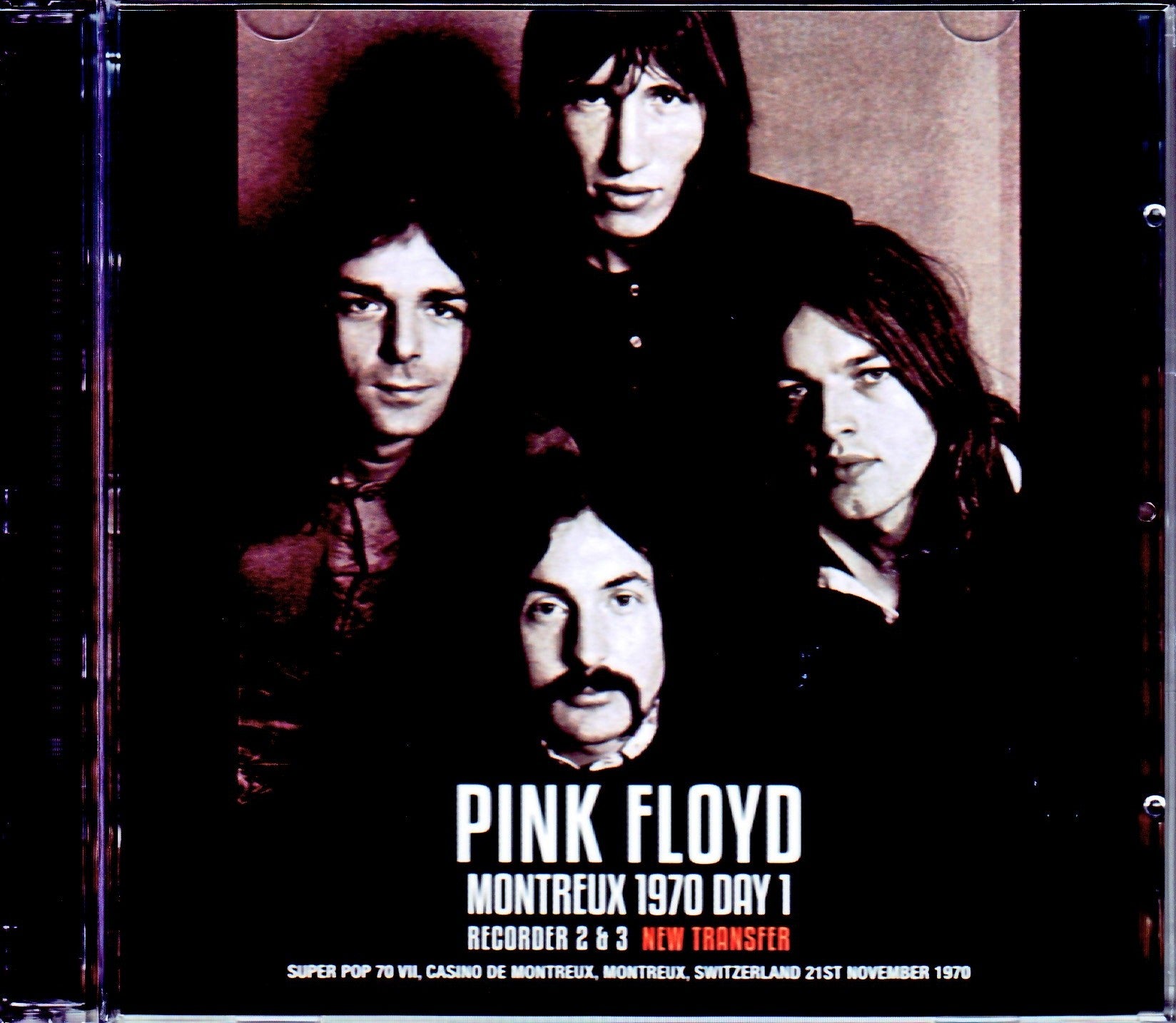
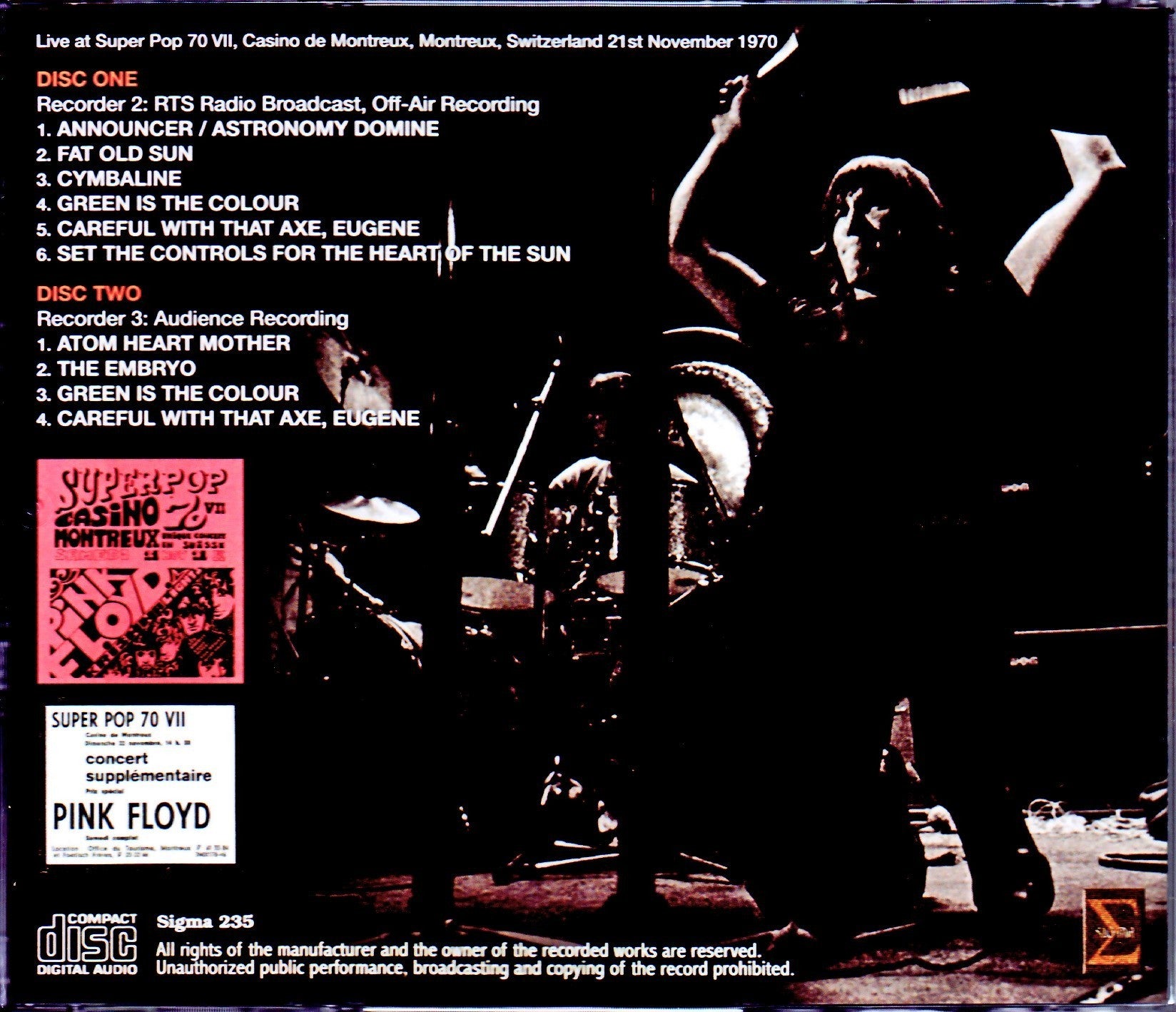


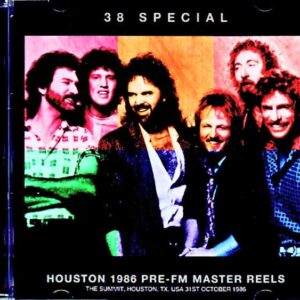
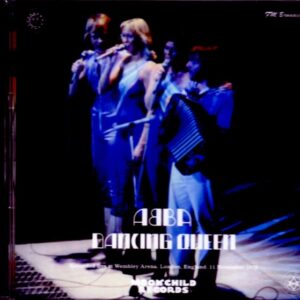
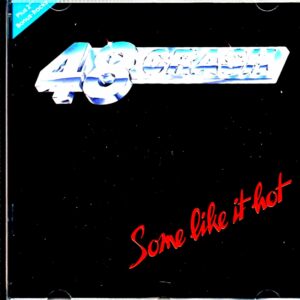
Reviews
There are no reviews yet.